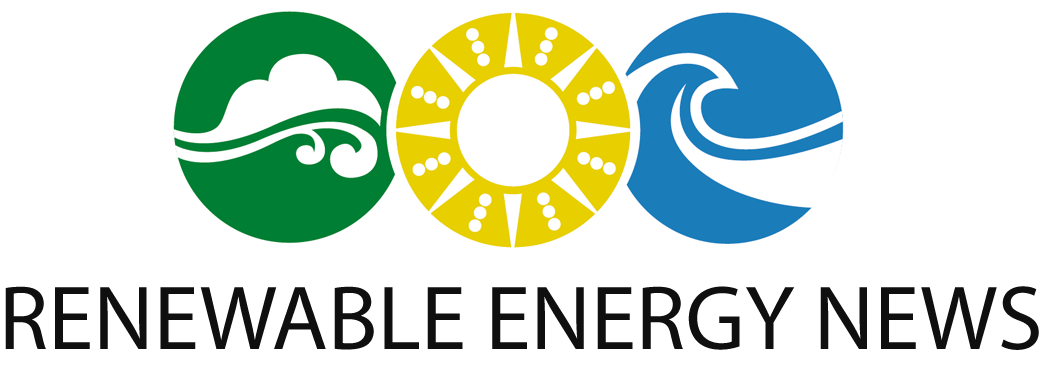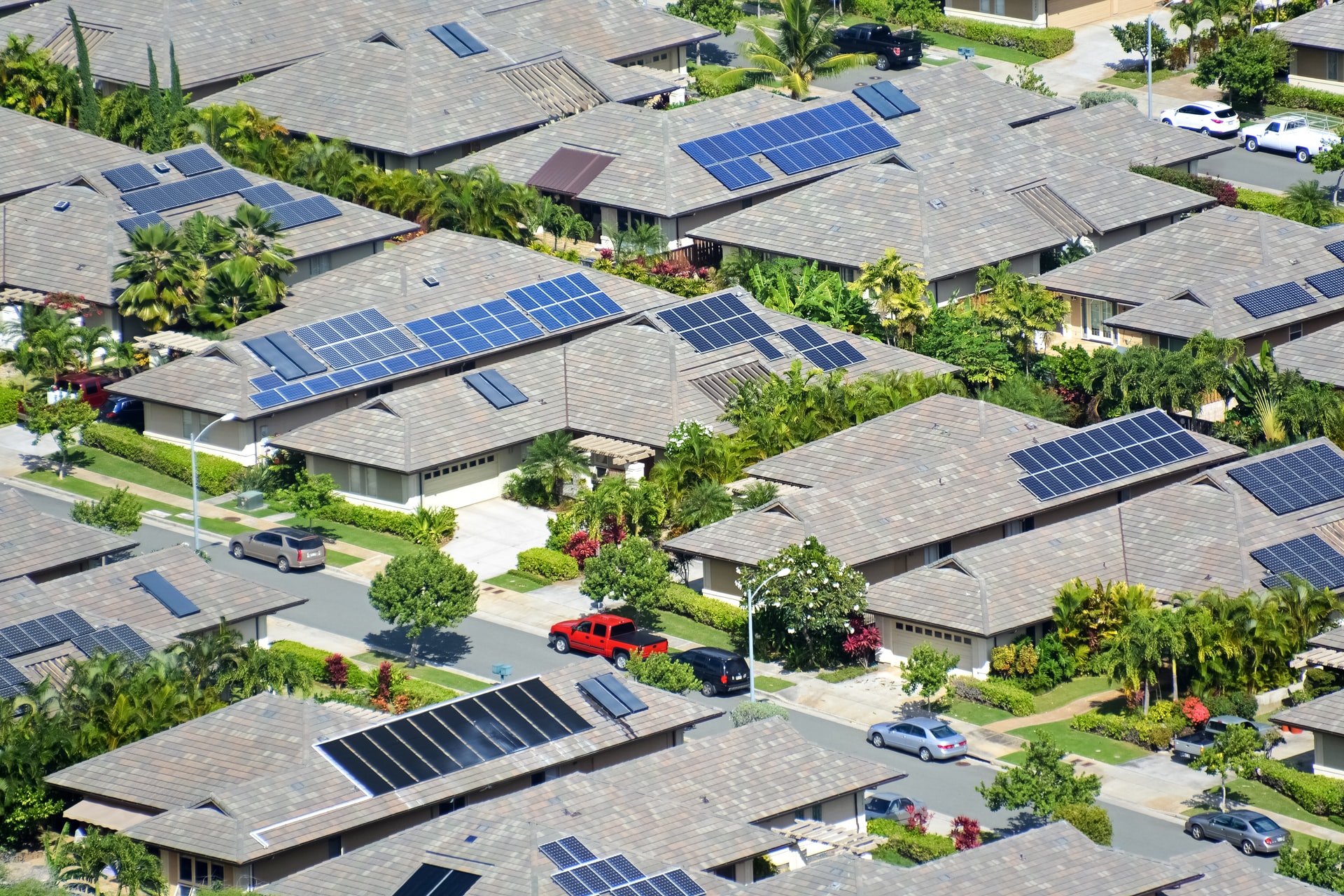More American homeowners want to shift to solar energy. A 2021 survey revealed that 92% of homeowners were willing to invest in solar energy to reduce their energy bills. Others stated that they want solar energy sources as a backup in case of power outages. But even with the growing interest, two-thirds of homeowners haven’t invested in solar energy sources because of the high costs.
These homeowners may soon overcome this barrier to entry, due to the U.S. Department of Energy’s (DOE) new project target. The DOE unveiled a new National Community Solar Partnership (NCSP) target, which with any luck will change the solar landscape in the U.S. forever.
DOE’s New Goal for Solar Power
One of the Biden-Harris administration’s goals is to achieve 100% clean energy across America by 2035. This is so that Americans can benefit from renewable energy sources that increase community wealth and resiliency.
In response to this goal, the DOE launched a new NCSP target last October 8, 2021. The NCSP is a DOE initiative, headed by an alliance of community solar stakeholders who want to provide affordable solar energy sources to every American homeowner. In particular, the Community Solar programs aim to help renters, community members, and individuals with low-to-moderate incomes by providing access to solar energy. These programs generate solar energy through a shared system of solar panels located within the community. Through Community Solar, the DOE aims to power as many as five million homes by 2025. This helps homeowners overcome financial barriers that prevent them from utilizing solar panels. Additionally, it’s a significant step towards the goal of having a nation built solely on clean energy.
NCSP Offers Technical Assistance Program to Further Solar Power Progress
Besides offering clean electricity to communities, the NCSP also provides communities with a free technical assistance program. Organizations, developers, and other NCSP partners can get free technical assistance so they can learn to implement and improve their community solar projects.
In this regard, technical analysis is one of the key lessons that NCSP partners can learn from the industry experts employed in the program. As experts in renewable energy sources, these individuals can teach people how to ensure that each solar device’s component parameters match the community’s needs. Once they have ensured that the device’s overall structure and output are in line with the users’ energy needs, communities can then experience increased efficiency while reducing excess costs. After estimating the community’s solar energy requirement, the NCSP partners can also learn how to choose the right solar panels based on their energy generation and conversion. This allows community leaders to choose the right solar panel devices by assessing each device’s tolerance, temperature co-efficiency, and PID resistance.
Homeowners in low-income communities garner the most benefits from the community solar and technical assistance programs. A report on community solar programs created by the National Renewable Energy Laboratory in partnership with the DOE emphasizes that the program will increase savings. For instance, members of the community solar program in Massachusetts were able to reduce costs by 19-35%. Meanwhile, the program in Washington, D.C. is set to offset half of the communities’ electricity bills. Thus, every household subscribed to the program was able to reduce 8.8% to 13.5% of their bills. These savings from the energy bills are especially beneficial for low-income communities. Furthermore, the homeowners can access electricity through power outages and emergencies.
The DOE’s solar power programs play a massive role in furthering its goal of becoming 100% reliant on renewable energy by 2035. The NCSP programs, in particular, ensure that local communities gain access to solar energy. With this governmental assistance, American homeowners will be able to shift to more sustainable and cost-effective means of energy.

